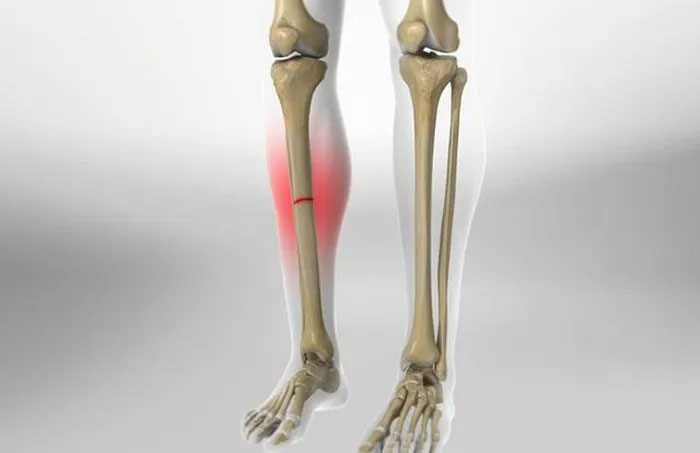Researchers have discovered that different types of stem cells are responsible for repairing various types of bone injuries…
Different Types of Stem Cells Repair Different Injuries
A new study from the Children’s Medical Center Research Institute at UT Southwestern (CRI) shows that different osteogenic stem cell populations (SSC) contribute to the repair of different types of bone injuries.
In this study, scientists identified that SSC in bone marrow is distinct from SSC in the periosteum. Specifically, “While bone marrow SSC is responsible for the continuous production of normal bone cells and minor bone injuries, periosteal SSC primarily plays a key role in the repair of fractures.”
SSC generates new bone cells throughout life to maintain and repair the skeleton. The skeleton is unique in that it harbors various types of stem cells residing in different regions of the bone, including in the bone marrow and periosteum. After bone injuries, such as fractures, SSC in both the bone marrow and periosteum begin to proliferate but contribute very differently to bone repair.

New discoveries will enhance the precision of bone injury treatments.
In the laboratory, researchers found that bone marrow SSC is responsible for new bone development under normal conditions during adulthood.
When bone injuries occur, bone marrow SSC only repairs minor, more stable bone injuries. In contrast, periosteal SSC is primarily responsible for repairing major, unstable injuries such as fractures.
Surprisingly, periosteal SSC not only regenerates bone but also regenerates cells in the bone marrow at the fracture site, giving rise to new bone marrow SSC.
Dr. Sean Morrison, Director of CRI, stated: “The discovery of different osteogenic stem cells responsible for various aspects of bone maintenance and repair will allow us to focus our future bone regeneration efforts more precisely.”
Helping Choose the Right Treatment for Bone Injuries
Historically, without a clear distinction of the roles of these stem cell populations, the contributions of bone marrow versus periosteal SSC in bone repair have been heavily debated.
A previous large study on mice also found that periosteal SSC is marked by a signaling protein called Gli1, while bone marrow SSC is marked by leptin and adiponectin receptors. These findings align with previous research from Dr. Morrison’s lab: “Leptin receptor-positive bone marrow SSC is a major source of new osteoblasts for bone maintenance and repair.”
Scientists noted: “The findings in this study open up new research directions regarding the signals that activate different types of bone stem cells in response to bone injuries. This will help tailor treatments for patients based on the type of bone injury, promoting the healing process of fractures.”


















































